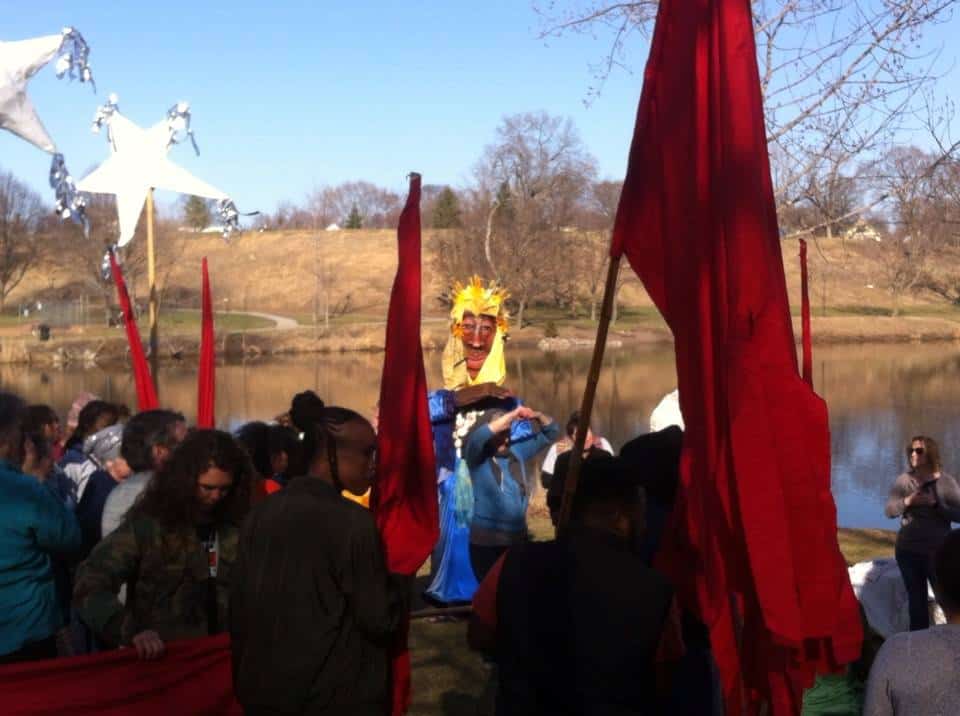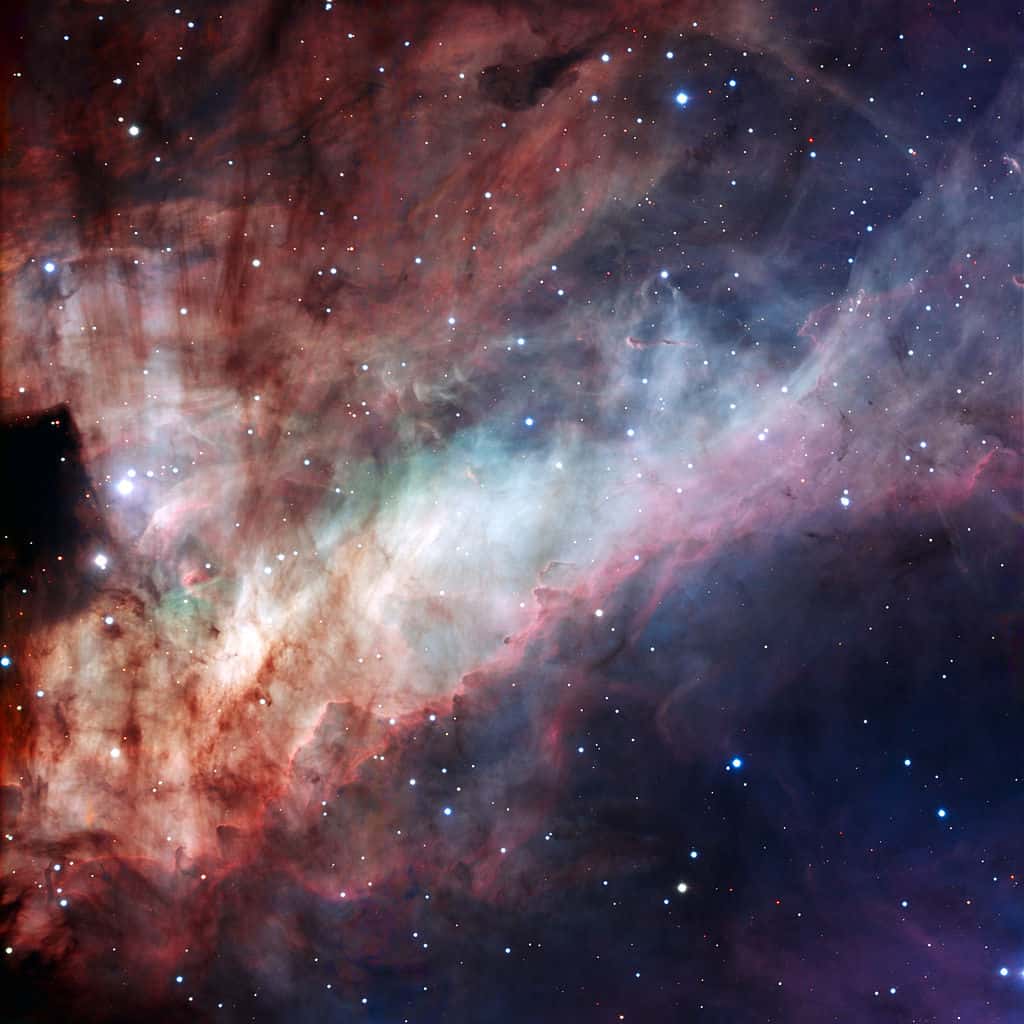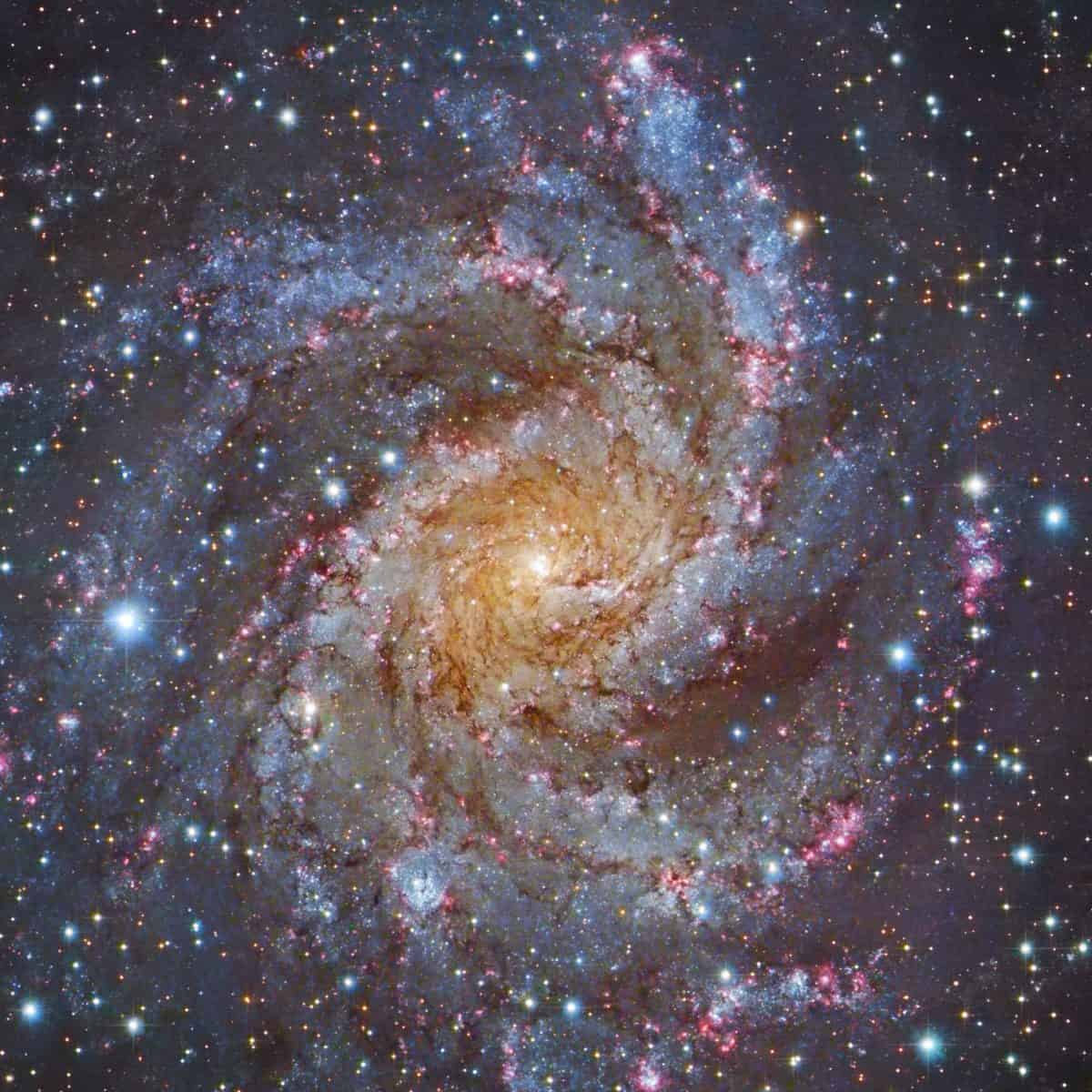Reverend Gary Davis, also Blind Gary Davis (born Gary D. Davis, April 30, 1896 – May 5, 1972), was a blues and gospel singer who was also proficient on the banjo, guitar and harmonica. His fingerpicking guitar style influenced many other artists. His students include Stefan Grossman, David Bromberg, Steve Katz, Roy Book Binder, Larry Johnson, Nick Katzman, Dave Van Ronk, Rory Block, Ernie Hawkins, Larry Campbell, Bob Weir, Woody Mann, and Tom Winslow. He influenced Bob Dylan, the Grateful Dead, Wizz Jones, Jorma Kaukonen, Keb’ Mo’, Ollabelle, Resurrection Band, and John Sebastian (of the Lovin’ Spoonful).
Davis was born in Laurens, South Carolina, in the Piedmont region. Of the eight children his mother bore, he was the only one who survived to adulthood. He became blind as an infant. He recalled being poorly treated by his mother and that his father placed him in the care of his paternal grandmother. Davis reported that when he was 10 years old his father was killed in Birmingham, Alabama; he later said that he had been told that his father was shot by the Birmingham sheriff.
https://www.youtube.com/watch?v=70v3qPxDs1o
see full post...Clave y Guaguancó Founded in Cuba more than 50 years ago, legendary group Clave y Guaguancó is dedicated to researching and developing the true traditions of Afro-Cuban music. Just singing, drumming and dancing, this ensemble introduces the listener to a black universe of gods, magic and African-rooted rituals.
https://www.youtube.com/watch?v=yFGjNP8d09Y
see full post...Jah Jah Hear my Plea
see full post...The Omega Nebula, also known as the Swan Nebula, Checkmark Nebula, and the Horseshoe Nebula (catalogued as Messier 17 or M17) is an H II region in the constellation Sagittarius. It was discovered by Philippe Loys de Chéseaux in 1745. Charles Messier catalogued it in 1764. It is located in the rich starfields of the Sagittarius area of the Milky Way.
It is considered one of the brightest and most massive star-forming regions of our galaxy. Its local geometry is similar to the Orion Nebula except that it is viewed edge-on rather than face-on.
The open cluster NGC 6618 lies embedded in the nebulosity and causes the gases of the nebula to shine due to radiation from these hot, young stars; however, the actual number of stars in the nebula is much higher – up to 800, 100 of spectral type earlier than B9, and 9 of spectral type O, plus over a thousand stars in formation on its outer regions. It is also one of the youngest clusters known, with an age of just 1 million years.
see full post...Ray Barretto (April 29, 1929 – February 17, 2006) was an American Grammy Award-winning conga drummer and bandleader of Puerto Rican ancestry. Throughout his career as a percussionist he played a wide variety of Latin music styles, as well as Latin jazz. His first hit, “El Watusi”, was recorded by his Charanga Moderna in 1962, becoming the most successful pachanga song in the United States. In the late 1960s, Barretto became one of the leading exponents of boogaloo and what would later be known as salsa. Nonetheless, many of Barretto’s recordings would remain rooted in more traditional genres such as son cubano. A master of the descarga (improvised jam session), Barretto was a long-time member of the Fania All-Stars. His success continued into the 1970s with songs such as “Cocinando” and “Indestructible”. His last album for Fania Records, Soy dichoso, was released in 1990. He then formed the New World Spirit jazz ensemble and continued to tour and record until his death in 2006.
https://www.youtube.com/watch?v=8_JHCzc_-0c
see full post...Jean-Baptiste Frédéric Isidor, Baron Thielemans (29 April 1922 – 22 August 2016), known professionally as Toots Thielemans, was a Belgian-American jazz musician. He was known for his harmonica playing, as well as his guitar, whistling skills, and composing. According to jazz historian Ted Gioia, his most important contribution was in “championing the humble harmonica”, which Thielemans made into a “legitimate voice in jazz”. He eventually became the “preeminent” jazz harmonica player.
His first professional performances were with Benny Goodman‘s band when they toured Europe in 1949 and 1950. He emigrated to the U.S. in 1951, becoming a citizen in 1957. From 1953 to 1959 he played with George Shearing, and then led his own groups on tours in the U.S. and Europe. In 1961 he recorded and performed live one of his own compositions, “Bluesette”, which featured him playing guitar and whistling. In the 1970s and 1980s, he continued touring and recording, appearing with musicians such as Oscar Peterson, Bill Evans, Dizzy Gillespie, Kenny Werner, Pat Metheny, Jaco Pastorius, Elis Regina and Paquito D’Rivera.
see full post...Edward Kennedy “Duke” Ellington (April 29, 1899 – May 24, 1974 Washington DC) was an American composer, pianist, and bandleader of a jazz orchestra, which he led from 1923 until his death in a career spanning over fifty years.
Born in Washington, D.C., Ellington was based in New York City from the mid-1920s onward, and gained a national profile through his orchestra’s appearances at the Cotton Club in Harlem. In the 1930s, his orchestra toured in Europe. Though widely considered to have been a pivotal figure in the history of jazz, Ellington embraced the phrase “beyond category” as a liberating principle, and referred to his music as part of the more general category of American Music, rather than to a musical genre such as jazz.
Some of the musicians who were members of Ellington’s orchestra, such as saxophonist Johnny Hodges, are considered to be among the best players in jazz. Ellington melded them into the best-known orchestral unit in the history of jazz. Some members stayed with the orchestra for several decades. A master at writing miniatures for the three-minute 78 rpm recording format, Ellington wrote more than one thousand compositions; his extensive body of work is the largest recorded personal jazz legacy, with many of his works having become standards. Ellington also recorded songs written by his bandsmen, for example Juan Tizol‘s “Caravan“, and “Perdido“, which brought a Spanish tinge to big band jazz. After 1941, Ellington collaborated with composer-arranger-pianist Billy Strayhorn, whom he called his writing and arranging companion.[3] With Strayhorn, he composed many extended compositions, or suites, as well as additional short pieces. Following an appearance at the Newport Jazz Festival, in July 1956, Ellington and his orchestra enjoyed a major career revival and embarked on world tours. Ellington recorded for most American record companies of his era, performed in several films, scoring several, and composed stage musicals.
see full post...Persian ney (flute) virtuoso and vocalist Hossein Omoumi
see full post...Ras Portraits
see full post...The Small Magellanic Cloud (SMC), or Nubecula Minor, is a dwarf galaxy near the Milky Way. It is classified as a dwarf irregular galaxy. It has a diameter of about 7,000 light-years, contains several hundred million stars, and has a total mass of approximately 7 billion times the mass of the Sun. The SMC contains a central bar structure and it is speculated that it was once a barred spiral galaxy that was disrupted by the Milky Way to become somewhat irregular. At a distance of about 200,000 light-years, it is one of the Milky Way‘s nearest intergalactic neighbors. It is also one of the most distant objects that can be seen with the naked eye.
The SMC is mostly visible from the Southern Hemisphere though it can be fully glimpsed from near the southern horizon from equatorial latitudes south of about 15° N. It is located across both the constellations of Tucana and part of Hydrus, appearing as a hazy light patch resembling a detached piece of the Milky Way. It covers an average diameter of about 4.2° across (8 times the Moon’s diameter) or 51.7 sq. degrees (about 60 times the apparent area of the Moon.) Since it has a very low surface brightness, the SMC is best seen from a dark site away from city lights. It forms a pair with the Large Magellanic Cloud (LMC), which lies a further 20° to the east, and like the LMC, is a member of the Local Group and highly probably is a satellite of the Milky Way.
see full post...
Mickey Tucker (born April 28, 1941, Durham, North Carolina) is an American jazz pianist and organist.
When he was six, he started on piano, eventually playing in church. He performed in the 1960s with Little Anthony and the Imperials and Damita Jo, and also accompanied comedian Timmy Rogers. He entered the jazz world in 1969, working for the next several years with Eric Kloss, Rahsaan Roland Kirk, James Moody, the Thad Jones/Mel Lewis Orchestra, Eddie Jefferson, and George Benson. He was music director for Art Blakey and the Jazz Messengers. During the 1980s, he appeared on albums by Phil Woods, Art Farmer, Richie Cole, and Benny Golson.
see full post...John Martin Tchicai (April 28, 1936 – October 8, 2012) was a Danish free jazz saxophonist and composer.
After moving to New York City in 1963, Tchicai joined Archie Shepp‘s New York Contemporary Five and the New York Art Quartet. He played on John Coltrane‘s Ascension, and Albert Ayler’s New York Eye and Ear Control, both influential free jazz recordings.
Tchicai was born in Copenhagen, Denmark, to a Danish mother and a Congolese father. The family moved to Aarhus, where he studied violin in his youth, and in his mid-teens began playing clarinet and alto saxophone, focusing on the latter. By the late 1950s he was travelling around northern Europe, playing with many musicians.
see full post...
Mario Bauzá (April 28, 1911 – July 11, 1993) was an Afro-Cuban jazz musician. He was one of the first to introduce Cuban music to the United States by bringing Cuban musical styles to the New York City jazz scene. While Cuban bands had popular jazz tunes in their repertoire for years, Bauzá’s composition “Tangá” was the first piece to blend jazz with clave, and is considered the first true Afro-Cuban jazz or Latin jazz tune.
Trained as a classical musician, he was a clarinetist in the Havana Philharmonic Orchestra by the age of nine, where he would stay for three years. Bauzá traveled to New York in 1925 to record with Maestro Antonio María Romeu‘s band, a charanga, shortly after his fourteenth birthday.
Bauzá had been hired as lead trumpeter and musical director for Chick Webb‘s Orchestra by 1933, and it was during his time with Webb that Bauzá both met fellow trumpeter Dizzy Gillespie and discovered and brought into the band singer Ella Fitzgerald. Importantly, Bauzá introduced the young Havana virtuoso Chano Pozo to Dizzy, when the latter wanted to add a Cuban percussionist to his band; though Pozo was killed in a Harlem bar fight just a year later, he left an indelible and long-lasting mark on Dizzy’s playing and compositions, co-writing several legendary compositions such as “Manteca” and “Tin Tin Deo”.
see full post...Ethiopian Music by Mahmoud Ahmed – Yager Betua Aynama
https://www.youtube.com/watch?v=uQzJe6dAf5Q
see full post...Performing at MLK park in Minneapolis for Arbor Day 2018
with Steve Sandberg, Jim McCreary, Hilary Johnson, Tom Wells, Ralph Campbell, mick laBriola and many more.
https://www.minneapolisparks.org/activities__events/events/arbor_day/
https://www.youtube.com/watch?v=0-7W4-DLFEA
see full post...
NGC 6946 is a face-on intermediate spiral galaxy with a small bright nucleus, whose location in the sky straddles the boundary between the northern constellations of Cepheus and Cygnus. Its distance from Earth is about 22.5 million light-years or 6.8 megaparsecs, similar to the distance of M101 (NGC 5457) in the constellation Ursa Major. Both were once considered to be part of the Local Group. but are now known to be among the dozen bright spiral galaxies near the Milky Way but beyond the confines of the Local Group.
Discovered by William Herschel on 9 September 1798, this well-studied galaxy has a diameter of approximately 40,000 light-years, about one-third of the Milky Way’s size, and it contains roughly half the number of stars as the Milky Way. The galaxy is heavily obscured by interstellar matter as it lies quite close to the galactic plane of the Milky Way. Due to its prodigious star formation it has been classified as an active starburst galaxy.
see full post...
Frederick “Freddie” Douglas Waits (April 27, 1943 – November 18, 1989) was a hard bop and post-bop drummer.
Waits never officially recorded as leader, however he was a prominent member and composer in Max Roach‘s M’Boom percussion ensemble.
He worked as sideman with a number of influential pianists, including McCoy Tyner, Kenny Barron, Andrew Hill, Gene Harris, Billy Taylor and Joe Zawinul.
In the late 1970s, Waits formed Colloquium III with fellow drummers Horace Arnold and Billy Hart. In the 1980s he became a music faculty member of Rutgers University. He died of pneumonia and kidney failure in New York in 1989.
His son is the drummer Nasheet Waits.
see full post...Conrad Henry Kirnon (April 27, 1927 – November 30, 1994) known professionally as Connie Kay, was an American jazz and R&B drummer who was a member of the Modern Jazz Quartet.
Self-taught on drums, he began performing in Los Angeles in the mid-1940s. His drumming is recorded in The Hunt, the recording of a famous Los Angeles jam session featuring the dueling tenors of Dexter Gordon and Wardell Gray on July 6, 1947. He recorded with Lester Young‘s quintet from 1949 to 1955 and with Stan Getz, Coleman Hawkins, Charlie Parker, and Miles Davis.
Kay did R&B sessions for Atlantic Records in the early to mid-1950s, and he was featured on hit records such as Shake, Rattle and Roll by Big Joe Turner.
Kay joined the Modern Jazz Quartet in 1955, replacing original drummer Kenny Clarke. He remained through the group’s dissolution in 1974 and occasional reunions into the 1990s. In addition to his MJQ compatriots, he had an enduring partnership with cool jazz altoist Paul Desmond through the first half of the 1960s. He played drums on several of Irish singer-songwriter Van Morrison‘s albums: Astral Weeks, one song on Saint Dominic’s Preview, and four songs on Tupelo Honey.[2]
Kay was known for incorporating percussion instruments alongside his drum kit, such as timpani, small cymbals, triangle, bell tree, and darbukas, the latter referred to as “exotic-looking” drums in a 2006 article.[3][4]
Kay died of cardiac arrest in Manhattan in 1994 at the age of 67.
see full post...


